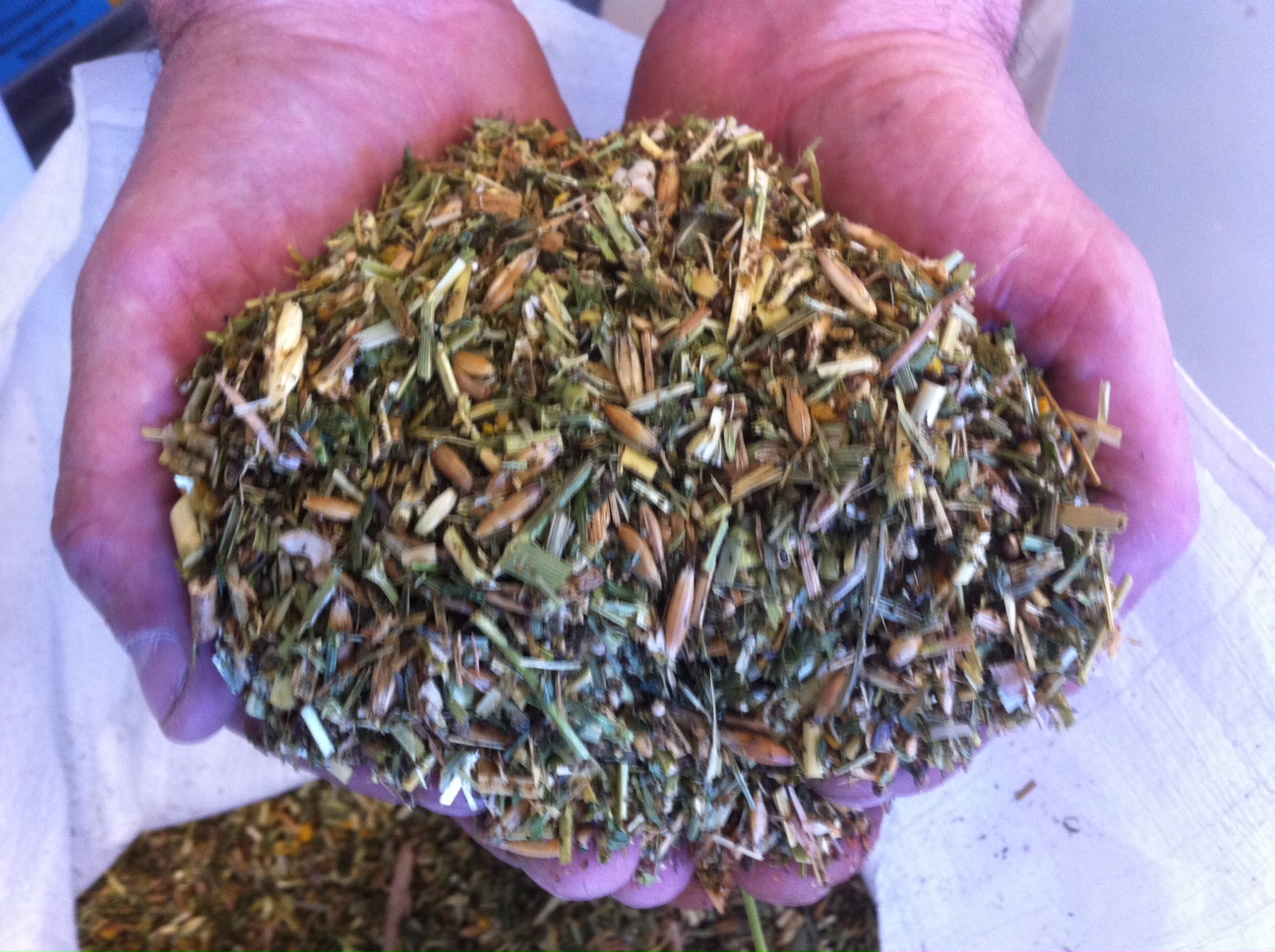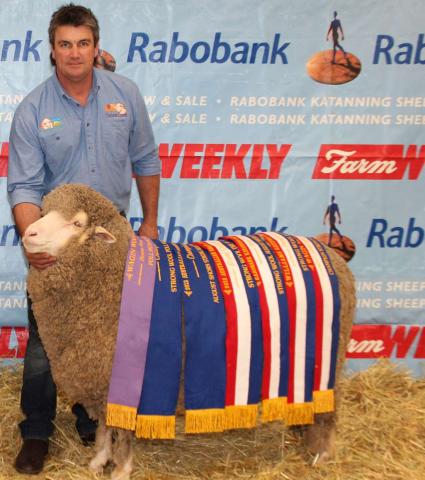With Harvest now well and truly started livestock producers should be mindful of the savings that can be made by using Fabstock Stubble mix to increase feed values of fresh stubbles rather then feeding out expensive grains earlier then needed.
Every year after harvest large numbers of livestock are lost with grain poisoning when animals are first introduced to freshly harvested stubbles. Buffers can be added to Fabstock Stubble mix to help prevent losses and keep your livestock going forward during this dangerous time.
Fabstocks nutritionist Peter Harvey explains the importance of supplements with dry feed; In regards to making use of stubble, important vitamins such as Vitamins A, B, D and E are all essential in the animals daily intake and in many cases are found to be deficient. For this reason a constant supply of these vitamins are essential along with calcium, zinc, cobalt, selenium, methionine, nitrogen in the form of urea and sulphur. Methionine being an important amino acid. protein that does help in protein retention in body and wool follicle. Sulphur + Nitrogen + Carbon(stubble) = Protein. So we are making good use of the stubbles
With all of these factors in mind I have been able to develop licks which are specifically tailored to the stubbles and with the use of licks we are able to utilise the maximum amount of dry feed available. In doing so we are able to keep the cost of the feeding regime down considerably. With the use of oil and canolameal we can assist in keeping the nourishment in the wool. We have also performed extensive tests on trying to design a lick that will be successful. As in most licks or blocks that are available, the minerals and vitamins are either lost to the air or react with one another.
By the use of high amounts of vegetable oil, we are able to stabilize the minerals and vitamins until they are digested by the animal. The licks also remain active when wet. This I believe is a major part of every livestock producers management tool and undoubtedly can reduce overall management costs, reduce drenching and increase productivity.


